ADA Requirements Benefit All Playground Users
"Yes, I can drive through the playground, but I can't play with the different things that are there" (Prellwitz & Tamm, 1999, 170)
"I like to push him around in the wheelchair. He likes to play cops and he's the cop. He pushes me off the fence. We play a made-up game 'dungeons, jail, larva, dragons," (Hall & McGregor, 2001, 17)
Experiences are changing for children with disabilities as many schools and parks are upgrading their playgrounds to meet the requirements of the Americans with Disabilities Act. The final rule on playground accessibility was issued in the fall of 2000. This rule has become law, setting requirements for approach, entry, and use of playgrounds. Although it will be more expensive to meet these requirements than to allow playgrounds to remain inaccessible to children of differing abilities, meeting these requirements will enhance the experiences open to children with disabilities on playgrounds.
Great strides have been made over the last decade to ensure that people with disabilities are provided with access to all sorts of pub I ic and private spaces. Recently Teri Hendy, Donna Thompson, and others have written articles explaining what the newest ADA rule means for playground designers. We seek to explore why the Fall 2000 ADA requirements are so important for people needing to access playground equipment. Access to play areas obviously benefits children with disabilities. Less obvious are the benefits for all children.
The inclusion movement has sought to allow children with disabilities to engage in as many typical settings as possible. The new ADA requirements are designed to give children independent access to playgrounds. Independent access is important as research has shown that increasing mobility for children with disabilities dramatically increases their social, cognitive and language opportunities.
Opportunities to access playgrounds allow children to explore spaces and sensations. For example, children have a desire to get to the top of play structures and observe from above, which enhances their understandings of space and feelings of accomplishment.
Playgrounds are also important setting for many children as they are locations for informal socialization. Most of what we learn socially comes from our experiences with others; however, there are many barriers that prevent children with disabilities from interacting with other children and adults. As children with disabilities are included in traditional school settings, accessible playgrounds make it easier for them to become part of the daily routine because younger children tend to play and interact in nooks and crannies on the playground and play equipment. As children with disabilities enter the upper elementary grades, the games of their peers become more active, and they find it increasingly difficult to participate in playground games. An additional complication is that as children get older they become heavier. In one study, "the older children said that they did not wish to go out on the playground ... because the children knew that their assistants could not manage to lift and carry them around in the playground" (Prellwitz & Tamm, 1999, 1 71 ). Accessible playgrounds can help free children from having to rely solely on the assistance of adults.
Furthermore, adults and caretakers often moderate access to play spaces for children with disabilities. Because children with disabilities are often surrounded by adults, the other children often treat them as different, as class "mascots," or as people needing help. Children with disabilities often avoid situations like playing on playgrounds because they cannot enter into the play activities with the other children. Creating accessible play spaces allows for more interactions between children with disabilities and children without disabilities in informal settings where friendships are typically formed.
Although not considered disabled, many normally developing children also benefit from the easier access to ramps and transfer stations. Children improve their physical motor ski I ls through practice. If access to play structures is too difficult, many children who have not developed the skills to use climbing events and stairs will be unable to access the elevated events. Easier access through ramps and transfer stations as well as the improved footing of accessible surfaces improves physical play opportunities for all children.
Adults also benefit from accessible play structures. Adults who use assistive mobility devices are more able to interact with children on the play structure. Adults are an important part of the social world of children, and accessible play structures allow adults to scaffold children's play experiences, prompt children's physical activity, and demonstrate the importance of physical activity to children.
Accessible play structures also make supervision of play easier and allow supervisors to extract children from dangerous situations. Removing a child who is afraid of heights from the top of a slide is difficult if the access is narrow and requires that the adult use both hands to enter or exit the situation.
Awareness of the latest ADA rule for playgrounds is increasing, and many playground designers are still learning how the new requirements will affect the architecture and structure of play equipment. Accessible design has many benefits for people with and without disabilities. As playgrounds are becoming more accessible to children with disabilities, we are learning much more about their capabilities and what it means to really be included in the play.
POST ARTICLE NOTES:
The research done for production of this article is sponsored by IPEMA.
References
- Butler, C. (1986). Effects of powered mobility on self-initiated behaviors of very young children with locomotor disability. Developmental Medicine and Child Neurology, 28, 325-332.
- Cook, B. & Semmel, M. (1999). Peer acceptance of included students with disabilities as a function of severity of disability and classroom composition. Journal of Special Education, 33, 1, 50-62.
- Frost, J., Wortham, S., & Reifel, S. (2001). Play and Child Development. Upper Saddle River, NJ: Merrill Prentice Hall.
- Hall, L. & McGregor, J. (2001 ). A follow-up study of the peer relationships of children with disabilities in an inclusive school. Journal of special education, 34, 3, 114-127.
- Hendy, T. (2001). The Americans with Disabilities Act ensures the right of every child to play. Parks & Recreation, 36, 4, 108- 118.
- PreIlwitz, M. & Tamm, M. (1999). Attitudes of key persons to accessibility problems in playgrounds for children with restricted mobility: A study in a medium-sized municipality in northern Sweden. Scandinavian Journal of Occupational Therapy, 6, 166-1 73.
- Thompson, D., Hudson, S., & Bowers, L. (2002). Play areas and the ADA: Providing access and opportunities for all children. The Journal of Physical Education, Recreation & Dance, 73, 2, 37-42.

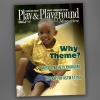
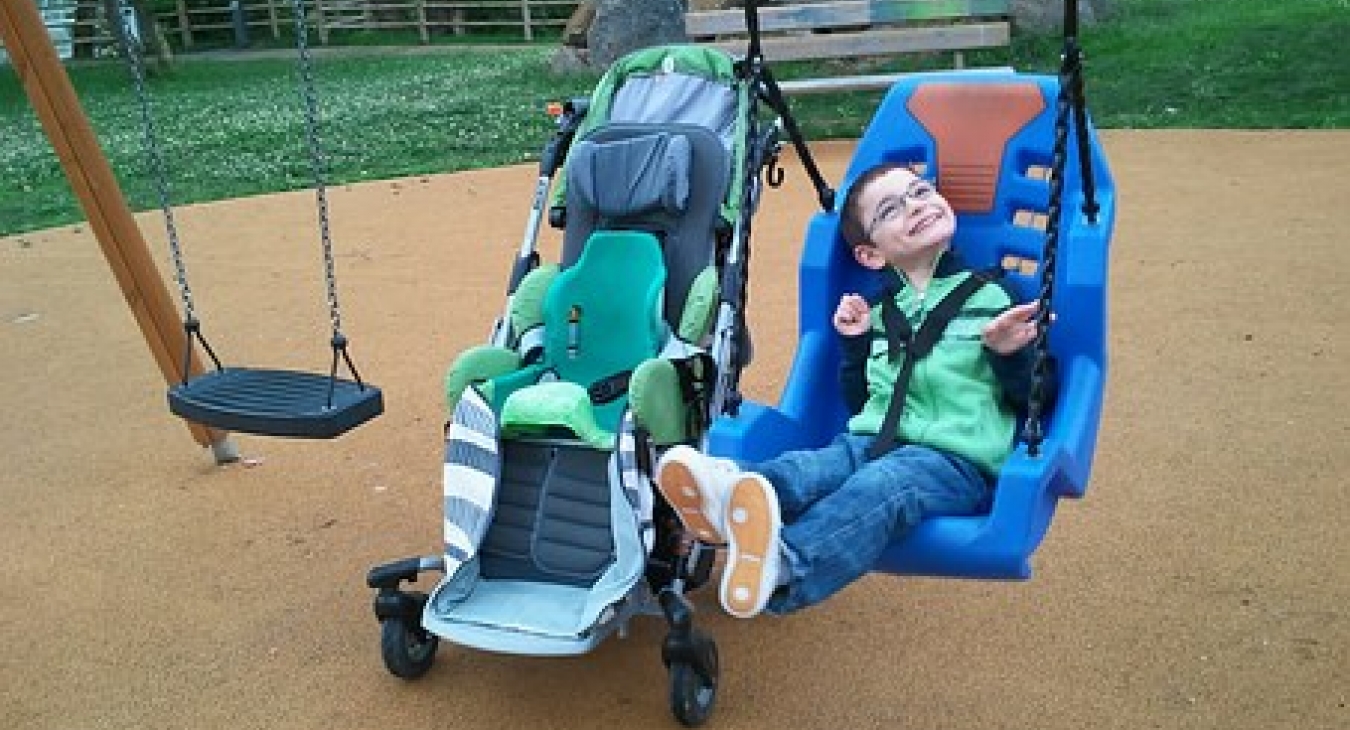
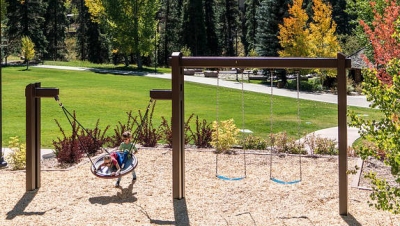
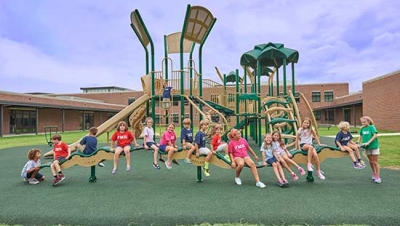

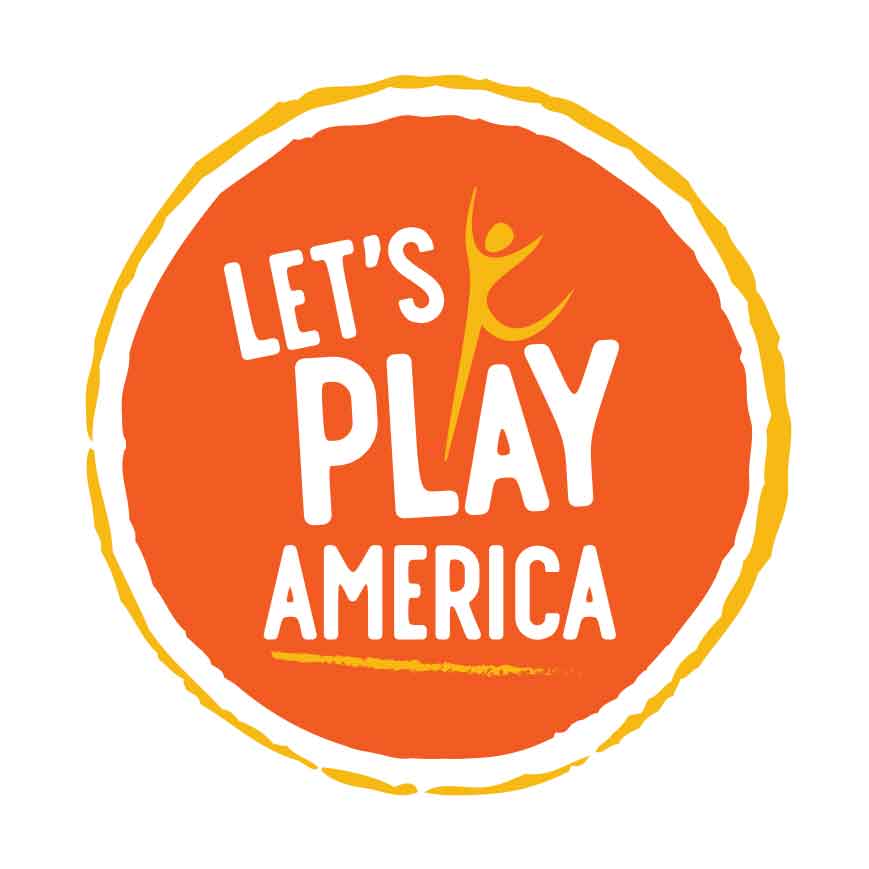


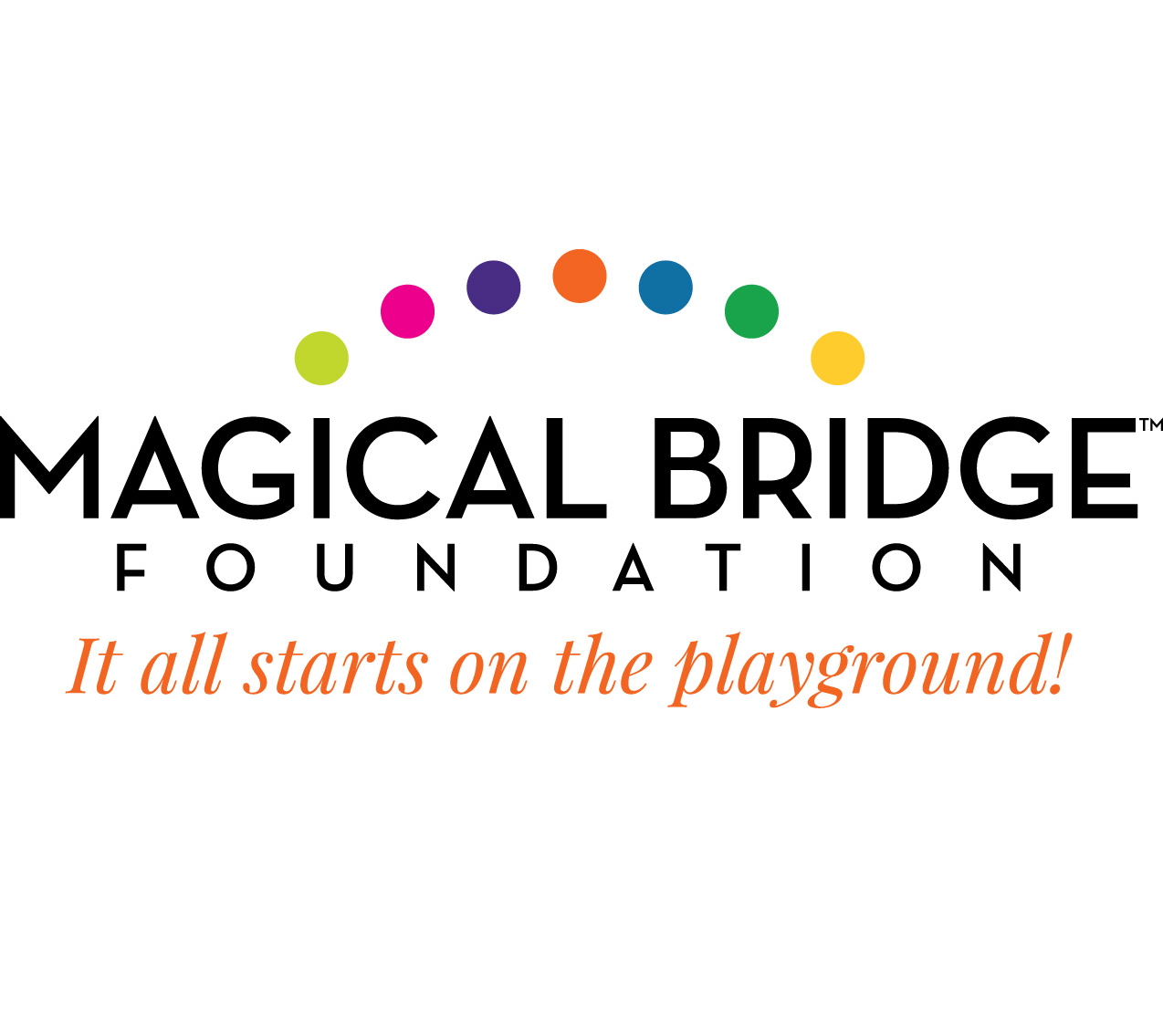


Add new comment